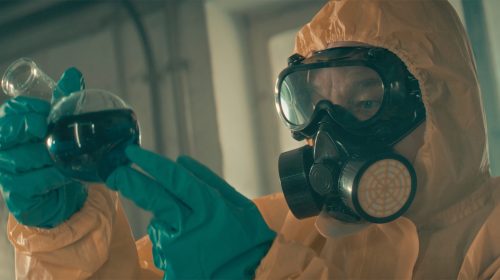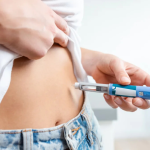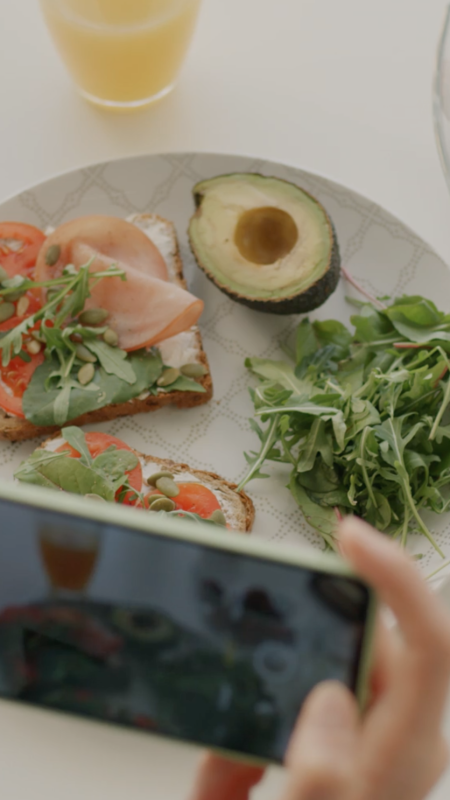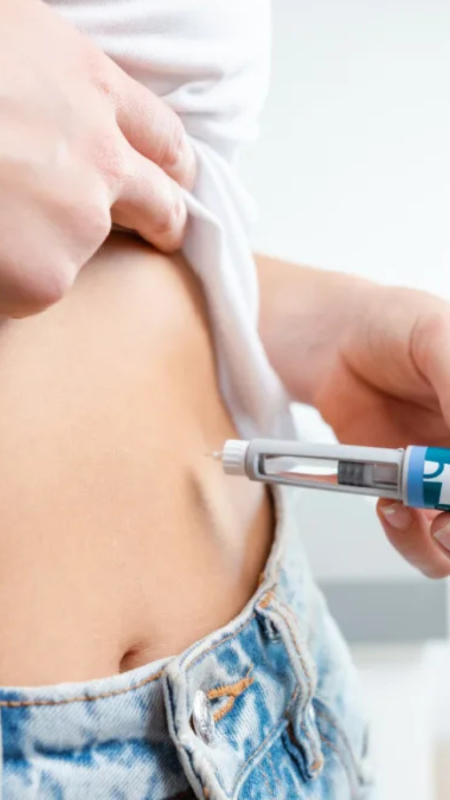7 Additives in US Foods Banned in the EU Over Health Concerns

Over the last few years, health nuts with various goals and motivations have become a broken record about reading food labels in the grocery store. Some recommendations include only buying foods with ingredients you can pronounce, which is an easy way to rule out unhealthy and even toxic additives. Why, you may be wondering, would there be toxic additives in our food? It’s all too common in the United States for food companies to slip synthetic ingredients into their products without us realizing, some of which aren’t even vetted by the FDA because of a loophole called GRAS (generally regarded as safe), and several of them are considered to pose potential health hazards.
Even when new relevant research is released, it can take the FDA longer to implement change than you’d expect. Take Red No. 3, for example, which has been banned in food (besides candied cherries) in Europe since 1994. Studies first linked the dye, used in candies, drinks, and other sweets, to cancer in animals in the 1980s, which — because of the 1960 Delaney Clause — meant the FDA had an obligation to prohibit its use. It was only recently banned in foods, however, after a 2022 petition by the Center for Science in the Public Interest (CSPI), and that ban won’t even take full effect until 2027.
Some states, like California, have taken matters into their own hands to ban certain additives still allowed by the FDA. If you’re curious what you’re consuming in the US that you won’t, for public safety, find on labels in the EU, here are seven common additives in our food you might want to start steering clear of if you can because the risks are not fully known.
Potassium bromate — Potassium bromate gets added to bread to improve dough texture and is a possible human carcinogen. It’s banned in the EU and UK as well as Canada, Brazil, and Argentina, but allowed in certain quantities here. The EWG says the FDA has not reviewed potassium bromate as a food additive since at least 1973. Some brands that use potassium bromate in certain products are Hanover, Goya crackers, Stouffer’s, and Sabrett.
Propylparaben – Propylparaben is used to extend a food’s shelf life. Parabens are considered endocrine disruptors and can increase breast cancer risks. This one has been banned for food use in Europe since 2006 but is still allowed in the US. Brands like Entenmann’s, Sarah Lee, and Weight Watchers still use it in some of their products.
Titanium dioxide – Another additive the FDA hasn’t evaluated since 1973, the chemical titanium dioxide isn’t usually listed out on labels, instead represented as “added color” or “artificial color.” More research is needed, but it’s so far been linked to lung cancer in animal studies, and the EU banned titanium dioxide in foods (called E171 there) due to concerns it could potentially damage DNA, cause cancer, and harm the immune system via nanoparticles that can accumulate in our bodies. The U.S. Department of Agriculture lists nearly 13,000 foods that have titanium dioxide in them, including everything from chips, candy, and nut/seed mixes to dairy products, canned fish, and soups. For what it’s worth, the GRAS exemption does not apply to color additives, per the FDA, but some of these additives haven’t been re-reviewed in decades.
rBGH (formerly rBST) – Recombinant Bovine Growth Hormone (rBGH) is a genetically engineered hormone used by some dairy farmers to boost milk production. The main concern with these, Sheela Sathyanarayana, MD, associate professor of pediatrics and adjunct associate professor within the department of environmental and occupational health sciences at the University of Washington in Seattle tells Everyday Health, is that you could be increasing your chances of hormone-dependant cancers, like some breast cancers. In the US, companies aren’t required to disclose use of rBGH in product labels but some voluntarily will tell you if they don’t use any. The EU banned the use of rBGH on their own farms in 1990 but still allows imported dairy treated with growth hormones.
BHA and BHT – Butylated hydroxyanisole (BHA) and butylated hydroxytoluene (BHT) get added to cosmetics and food to extend shelf life and enhance colors, skirting by the FDA via GRAS. The National Toxicology Program says BHA can be “reasonably anticipated to be a human carcinogen,” and there’s also evidence in animal studies that prolonged exposure interferes with hormone function that can affect reproductive systems. In high doses or lower exposure over time, BHT has been shown in studies to be a respiratory irritant that can harm the liver and kidneys as well. According to GoodRX, you can find BHA and BHT in some well-known products like Stouffer’s frozen pizza, Kellogg’s Apple Jacks, and Pillsbury cake mix.
ADA – Azodicarbonamide (ADA) is a bleaching agent and dough conditioner sometimes used in bread and baked goods. It’s also used to make yoga mats and flip flops. You’ll find it in some common products like Sabrett hamburger and hotdog buns and Smucker’s Uncrustables. While the US allows ADA in foods up to a certain amount, the EU and Australia have completely banned the additive for food.












